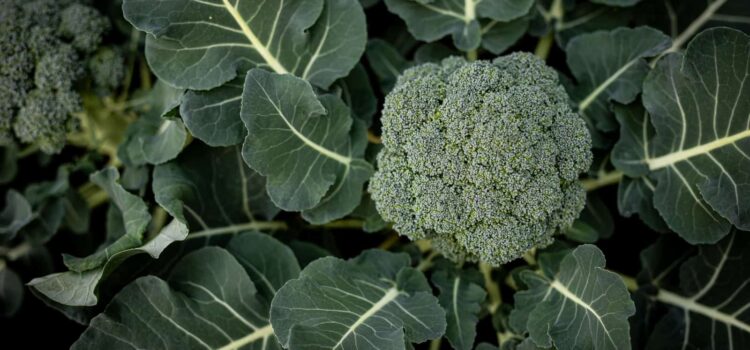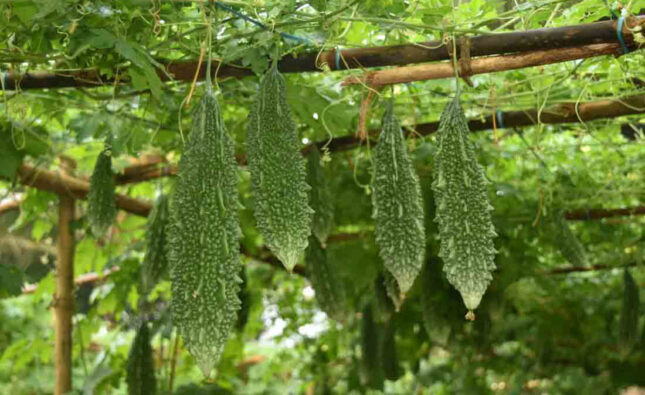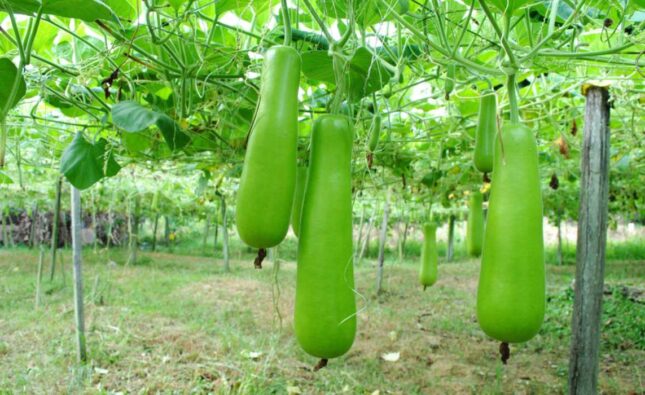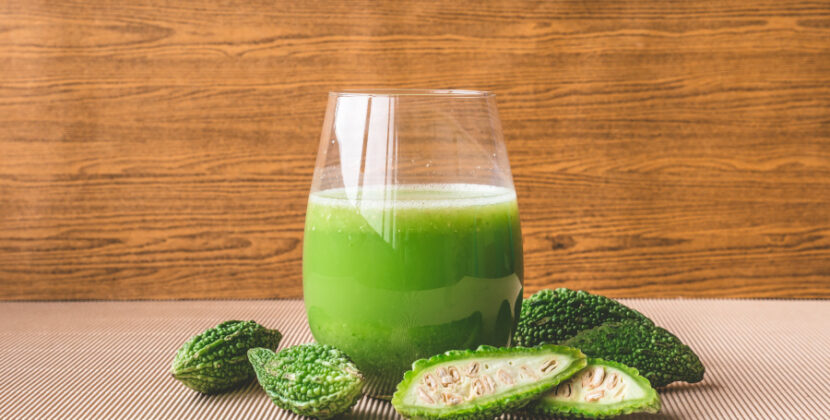Broccoli Cultivation, Selection of Verities, Pest & Disease Control: A Complete Guide
Origin
Broccoli (Brassica oleracea var. italica) is a vegetable that belongs to the Brassicaceae family, which also includes cauliflower, cabbage, and Brussels sprouts. Its origins can be traced back to wild cabbage plants that grew in the Mediterranean region, specifically around present-day Italy and the surrounding areas.
The cultivation and domestication of wild cabbage into the vegetable we now know as broccoli started over two thousand years ago. Ancient Romans are believed to have been the first to actively cultivate and develop broccoli from the wild cabbage plant. They appreciated its nutritional value and taste, and through selective breeding, they encouraged the development of its edible flower heads.
Over time, broccoli spread to other parts of Europe through trade and cultural exchange. It was introduced to England and France in the mid-18th century and later made its way to North America with Italian immigrants in the 19th and 20th centuries. Today, broccoli is grown in various parts of the world and is widely consumed due to its numerous health benefits and versatility in cooking. It has become a popular and nutritious vegetable that adds a significant contribution to many cuisines worldwide.
Introduction
Broccoli is a highly nutritious and popular vegetable that belongs to the Brassicaceae family. Recognized for its vibrant green color and tightly-clustered florets, it stands out as one of the healthiest choices in the produce aisle. Packed with essential vitamins and minerals, broccoli offers numerous health benefits, making it a valuable addition to any balanced diet.
Rich in vitamin C, broccoli supports a strong immune system and helps protect against various illnesses. Additionally, its high vitamin K content promotes healthy blood clotting and bone health. Moreover, the vegetable is an excellent source of vitamin A, benefiting vision, skin, and overall cellular health. Broccoli is also an exceptional dietary source of fiber, aiding in digestion and promoting a feeling of fullness, which can contribute to weight management. Furthermore, it contains beneficial antioxidants, such as sulforaphane, which are believed to have potential anti-cancer properties and support overall well-being.
Preparing broccoli is a flexible endeavor, allowing for various cooking methods like steaming, boiling, roasting, or stir-frying. Additionally, broccoli can be enjoyed raw in salads for a refreshing crunch. Its adaptability in different dishes makes it a versatile ingredient for chefs and home cooks alike.
While the familiar broccoli variety is commonly found, there is another closely related vegetable called “broccoli raab” or “rapini.” Although the names suggest a similarity to broccoli, broccoli raab has its unique characteristics, such as smaller florets, elongated leaves, and a slightly bitter taste. Cultivating broccoli requires a cool-season climate, with the vegetable thriving during spring and fall. Full sun and well-drained soil provide the best conditions for successful growth.
To maintain the freshness and quality of broccoli, it is advisable to store it in the refrigerator. While it can be stored for a few days, consuming it as soon as possible ensures the retention of its valuable nutrients. Overall, broccoli remains a favoured vegetable due to its impressive nutritional profile and culinary versatility. Whether enjoyed as a side dish, added to stir-fries, or blended into soups, broccoli stands as a delicious and health-promoting addition to any meal.
Broccoli Cultivation
Broccoli cultivation is a rewarding endeavor that requires proper planning, care, and attention to detail. Whether you are a commercial farmer or an enthusiastic gardener, understanding the key steps in broccoli cultivation can help you grow a successful and bountiful crop. Here are the essential aspects of broccoli cultivation:
1. Climate and Soil:
Broccoli is a cool-season crop, preferring temperatures between 18°C to 23°C (64°F to 73°F) for optimal growth. It can tolerate light frosts but is sensitive to extreme heat. Choose a location with full sun exposure. Broccoli thrives in well-drained, fertile soil with a pH level between 6.0 and 7.0.
2. Variety Selection:
There are several varieties of broccoli available, each with its unique characteristics and growing requirements. The choice of broccoli variety depends on factors such as climate, growing season, intended use, and personal preferences. Here are some common varieties of broccoli:
-
Calabrese Broccoli:
This is the most common type of broccoli found in grocery stores. It has large, dark green heads with tightly packed florets and thick stalks. Calabrese broccoli is known for its delicious taste and versatility in various culinary dishes.
-
Sprouting Broccoli (Broccoli Raab or Rapini):
Unlike the typical broccoli with a single large head, sprouting broccoli produces multiple smaller heads and tender leaves. Broccoli raab has a slightly bitter flavor and is often used in Italian and Mediterranean cuisine.
-
Romanesco Broccoli:
This visually stunning variety forms lime-green heads with spiraling pointed florets, creating a fractal-like appearance. Romanesco broccoli has a slightly nutty flavor and is known for its striking appearance.
-
Purple Broccoli:
Also known as purple sprouting broccoli, this variety produces small to medium-sized heads that are purplish in color. It is rich in anthocyanins, the pigments responsible for its purple hue, and has a milder taste compared to traditional green broccoli.
-
Chinese Broccoli (Gai Lan):
Commonly used in Asian cooking, Chinese broccoli has thick, glossy green leaves and slender stems. The flavor is slightly bitter and more pronounced than regular broccoli.
-
Broccolini:
Broccolini is a cross between broccoli and Chinese kale (gai lan). It has small, tender florets and long, thin stalks with a mild and slightly sweet taste. Broccolini is popular in modern cooking and stir-fries.
-
Broccoli Rabe (Rapini):
While not a true broccoli, broccoli rabe is often referred to as such. It has leafy greens with small broccoli-like florets and a slightly bitter taste. It is commonly used in Italian and Mediterranean dishes.
-
Spigariello:
Another broccoli-related green, spigariello has leaves that look more like collard greens. It has a sweet and nutty flavor and is often sautéed or used in soups.
When choosing a broccoli variety, consider factors like taste preferences, climate conditions, growing season length, and intended use in the kitchen. Some varieties are better suited for specific culinary applications, while others may be more cold-tolerant or heat-resistant, making them suitable for different growing regions.
Sowing Time Broccoli in India
In India, the ideal sowing time for broccoli varies depending on the specific region and climate. Broccoli is a cool-season vegetable and prefers moderate temperatures for optimal growth. It is generally cultivated as a winter or spring crop in most parts of the country. Here are the recommended sowing times for broccoli in different regions of India:
-
Northern India:
In northern states like Punjab, Haryana, Uttar Pradesh, and Delhi, broccoli is usually sown from late September to early October. The crop is harvested during the winter months, from December to February.
-
Western India:
In states like Rajasthan, Gujarat, and Maharashtra, the sowing of broccoli takes place from October to November. Harvesting is done during the winter months, from December to January.
-
Central India:
In Madhya Pradesh and Chhattisgarh, broccoli can be sown from October to November for a winter harvest, which typically occurs from December to January.
-
Eastern India:
In states like West Bengal, Odisha, and Bihar, broccoli can be sown from October to November. The crop is harvested during the winter months, from December to January.
-
Southern India:
In southern states like Karnataka, Andhra Pradesh, Tamil Nadu, and Kerala, broccoli is generally sown from November to December. The crop is harvested during the cooler months, from January to February.
3. Starting Seeds:
Broccoli is typically grown from seeds. Start the seeds indoors 6 to 8 weeks before the last expected frost in your area. Use seed trays or small pots with a high-quality seed starting mix. Keep the soil consistently moist and provide adequate light for the seedlings to thrive.
4. Transplanting:
Once the seedlings have grown to about 15-20 centimeters (6-8 inches) in height and have developed a few true leaves, they are ready for transplanting. Harden off the seedlings by gradually exposing them to outdoor conditions for a week before planting them in the garden.
5. Planting:
Space the transplants about 45-60 centimetres (18-24 inches) apart in rows that are about 60-90 centimetres (24-36 inches) apart. Set the seedlings at the same depth they were in their containers and water them thoroughly after planting.
6. Watering:
Broccoli plants require consistent watering to ensure even growth. Avoid overwatering, which can lead to root rot. Instead, aim to keep the soil evenly moist throughout the growing season.
8. Fertilization & Manuring Doses Application:
Prior to planting, incorporate well-rotted compost or aged manure into the soil. Additionally, you can use a balanced fertilizer during the growing season to provide essential nutrients to the plants. Fertilization and manuring are essential practices in broccoli cultivation to ensure optimal plant growth, yield, and nutritional content. The specific doses and application methods may vary depending on soil conditions, climate, and other factors, but here are some general guidelines:
-
Soil Testing:
Before applying fertilizers and manure, it is crucial to conduct a soil test to determine the existing nutrient levels and pH of the soil. This will help you tailor your fertilization plan to meet the specific needs of your broccoli crop.
-
Organic Matter:
Incorporate well-rotted organic matter, such as compost or farmyard manure, into the soil before planting. This improves soil structure, moisture retention, and nutrient availability.
-
Nitrogen (N):
Broccoli requires a significant amount of nitrogen for leaf and head development. The nitrogen application can be divided into multiple doses during the growth stages. Generally, you can apply around 120-150 kg/ha of nitrogen for broccoli cultivation.
-
Phosphorus (P):
Phosphorus is essential for root development and overall plant growth. Apply around 50-80 kg/ha of phosphorus as per soil test recommendations.
-
Potassium (K):
Potassium helps in flower and fruit development and overall plant health. Apply around 100-120 kg/ha of potassium based on soil test results.
-
Micronutrients:
Broccoli also requires micronutrients like boron, zinc, iron, and manganese in smaller quantities. These can be supplied through micronutrient-enriched fertilizers or foliar sprays if soil tests indicate deficiencies.
-
Split Application:
Instead of applying all the fertilizers at once, consider split application during different growth stages. For example, you can divide the nitrogen doses into three parts: at planting, during active vegetative growth, and during head formation.
-
Side-Dressing:
Side-dressing refers to applying fertilizers in shallow furrows along the sides of the plant rows during the growing season. This helps ensure a steady supply of nutrients to the plants.
-
Mulching:
Mulching with organic materials can help retain soil moisture and regulate soil temperature, reducing nutrient leaching and conserving nutrients in the soil.
-
Manure dosage:
The appropriate manure dosage depends on various factors, including the nutrient content of the manure, the soil’s existing nutrient levels, and the specific needs of the broccoli crop. As a general guideline, you can apply 2 to 3 kilograms of well-rotted manure per square meter (4.5 to 6.5 pounds per 10 square feet) of planting area.
8. Pest and Disease Management:
Keep a close eye on your broccoli plants for signs of pests, such as aphids, cabbage worms, or snails. Implement natural pest control methods or use organic insecticides if necessary. Similarly, monitor for common broccoli diseases like clubroot and downy mildew and take appropriate measures to prevent or treat them. Controlling pests and diseases in broccoli cultivation is essential to ensure a healthy and productive crop.
Integrated Pest Management (IPM) practices, which combine biological, cultural, and chemical methods, are commonly used to manage pests and diseases effectively. While chemical pesticides should be used as a last resort and with caution, they can be effective when applied correctly. Here are some common pests and diseases of broccoli and the chemicals used for their control:
-
Pests:
a. Aphids: Aphids are small sap-sucking insects that can cause stunted growth and transmit plant viruses.
1. Chemical: Insecticidal soaps, neem oil, or pyrethroid-based insecticides like bifenthrin or permethrin can be used for aphid control.
b. Cabbage Worms: (Imported Cabbageworm, Cabbage Looper, Diamondback Moth): These caterpillar pests feed on broccoli leaves and can cause severe damage.
2. Chemical: Bacillus thuringiensis (Bt) is a biological pesticide that specifically targets caterpillars and is effective in controlling cabbage worms.
c. Flea Beetles: These small beetles chew small holes in the leaves, affecting the overall plant health.
3. Chemical: Insecticides containing pyrethroids, such as cyfluthrin or lambda-cyhalothrin, can be used to manage flea beetles.
-
Diseases:
a. Clubroot: Clubroot is a soil-borne disease that affects the roots, causing club-like swellings and stunted growth.
- Chemical: No chemical treatment is available for clubroot. Crop rotation, using resistant varieties, and maintaining proper soil drainage are important management strategies.
b. Downy Mildew: Downy mildew can cause yellowing and wilting of leaves due to a fungal infection.
2. Chemical: Fungicides containing copper, mancozeb, or chlorothalonil can help control downy mildew.
c. White Mold (Sclerotinia): White mold can affect the stems and heads of broccoli, causing rot and decay.
3. Chemical: Fungicides like boscalid or pyraclostrobin can be used to manage white mold.
d. Black Rot: Black rot is a bacterial disease that causes yellow V-shaped lesions on the leaves and can lead to head rot.
4. Chemical: No chemical treatment is available for black rot. Preventive measures such as using disease-free seeds and practicing crop rotation are crucial.
9. Harvesting:
Broccoli heads are ready for harvest when they are firm and the individual florets are still tight. Cut the main head off the plant with a sharp knife, leaving some stem attached. This encourages the development of side shoots, which will produce smaller florets for additional harvests.
10. Crop Rotation:
To prevent disease buildup in the soil, practice crop rotation by not planting broccoli or other Brassicas in the same spot for at least three years.






